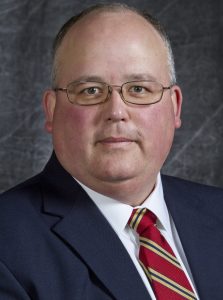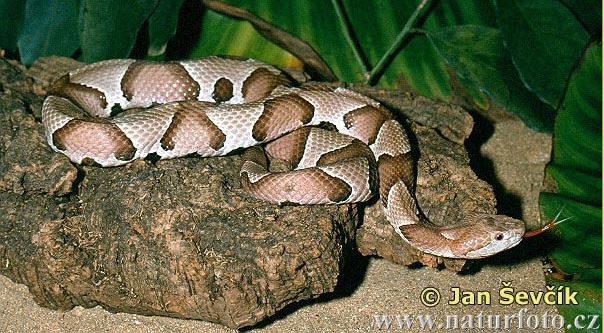
by David Annis, County Extension Agent – Agriculture & Natural Resources
We’ve been seeing more snakes lately due to the mild temperatures. Snakes usually avoid temperature extremes and prefer to hunt in mild conditions. They use their forked tongues and in the case of rattlesnakes, cottonmouths, and copperheads, heat-sensitive facial pits to determine what is in their environment and to find their prey.
Some of the small, pencil-sized snakes (Rough Earth Snakes) eat earthworms and crickets. While not venomous, they can cause heart-stopping panic when you are working in your landscape or garden and put your hand on one!
What do we do about snakes? Let me pass on what my former Scoutmaster, Watt Campbell, told me years ago: The first rule of snake safety is to leave them alone!
Other than Mr. Campbell’s rule, what do we need to know about snakes? For the most part, the snakes we have around here are non-venomous, harmless and beneficial to people. For those that are venomous, we can easily tell them apart from their non-venomous brethren.
To keep snakes out of the house (and having the cats play with them) we need to seal all the holes in the foundation of our houses. We need to reduce cover in the yard as well as the snakes’ food supplies. If they don’t have a place to live and eat, then snakes don’t like hanging around your property.
There are two types of snake “repellents”: granular and electronic.
As for the granules, the products that were tested did not appear to alter the normal, investigatory behavior of snakes. Unfortunately, most animals do not experience smells in the same way that people do.
Several potential home remedies were evaluated to determine if they would repel black rat snakes. The test treatments included gourd vines, moth balls, sulfur, cedar oil, a tacky bird repellent, lime, cayenne pepper spray, sisal rope, coal tar and creosote, liquid smoke, artificial skunk scent, and musk from a king snake (they eat other snakes). None of these remedies repelled black rat snakes.
As far as the electronic snake repellents, the research that has been conducted shows that they do not work. As such, there is not enough conclusive data to recommend repellents for snakes.

Non-venomous snakes do not pose any major problems except for possibly frightening people and being a nuisance. Venomous snakes, however, may cause a health hazard by biting people, pets, and livestock. Steps should be taken to exclude, and if necessary, remove them. Please note that removal does not involve separating the snake’s head from the rest of its body.
I’m going to refer you back to Mr. Campbell’s rule on snakes – leave them alone! It is important to remember that a dead rattlesnake, even if it has been decapitated, can still bite and inject venom. This can occur because the snake’s heat sensory pits are active until rigor mortis is complete. Therefore, placing a warm object, such as a hand, near the snake’s mouth will trigger a biting response.
So you’ve tried to avoid them but still have been bitten by a snake. While I’m not a doctor of medicine, here are a few items you can DO if bitten: Remain calm. Call 911. Remove any rings, watches or tight clothing. If you can safely identify the snake, so much the better. Anti-venoms work best when given within 3 to 4 hours after being bitten. Get medical care immediately.
If your pet has been bitten and is experiencing pain, redness, swelling, or bruising, take your pet to your veterinarian right away. If your pet is not showing any of these signs, consider calling your veterinarian or the National Animal Poison Control Center at 1-800-426-4435 for advice.
In conclusion, because some snakes can be dangerous, don’t handle any snake if you are not absolutely sure what type it is. If you don’t know what type of snake you are dealing with, treat the snake as if it might be venomous. Don’t handle it and keep children and pets away. Snakes are most likely to bite when harassed. If possible, consider taking a photograph of the snake to aid in identification.








 GIF.gif)








